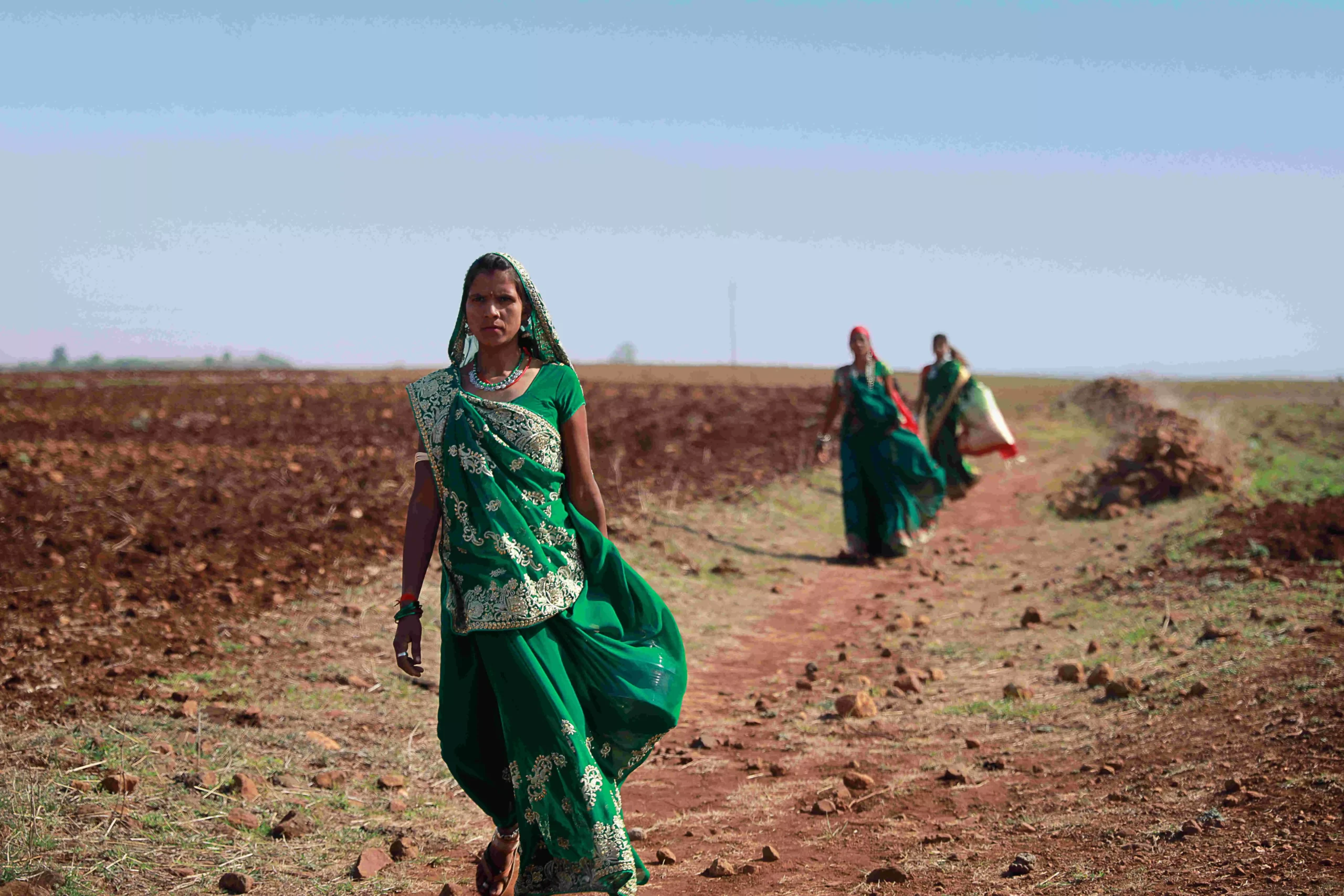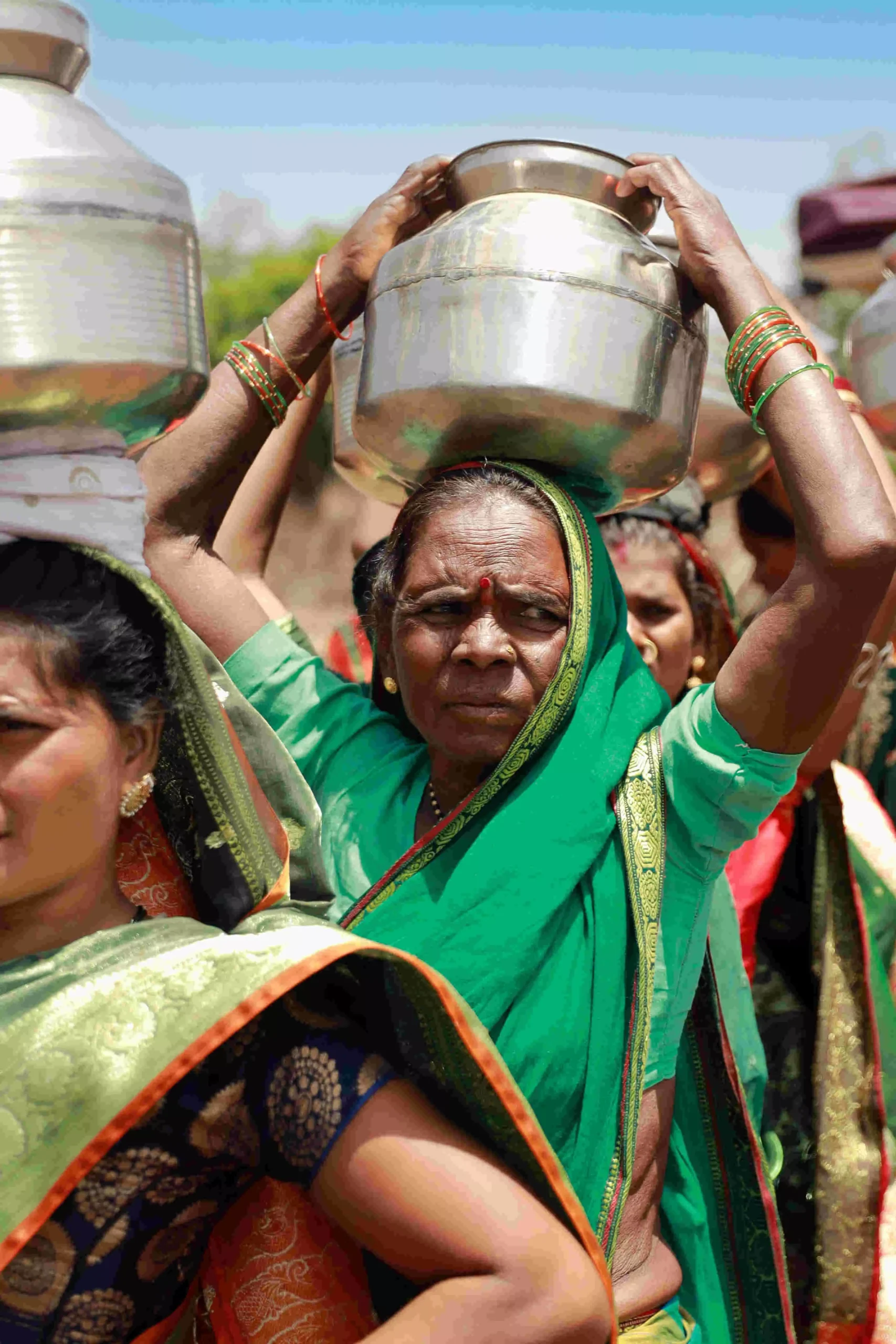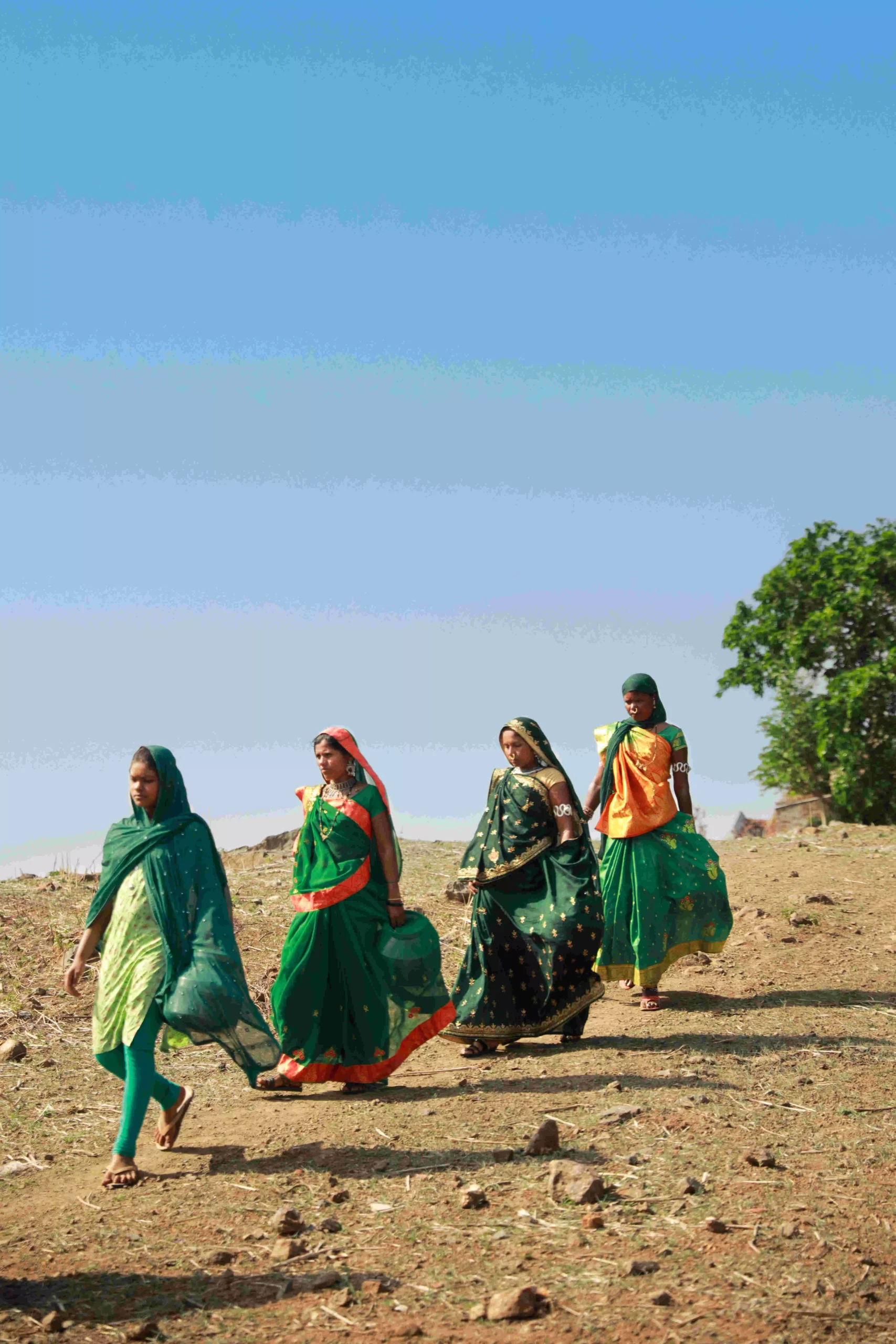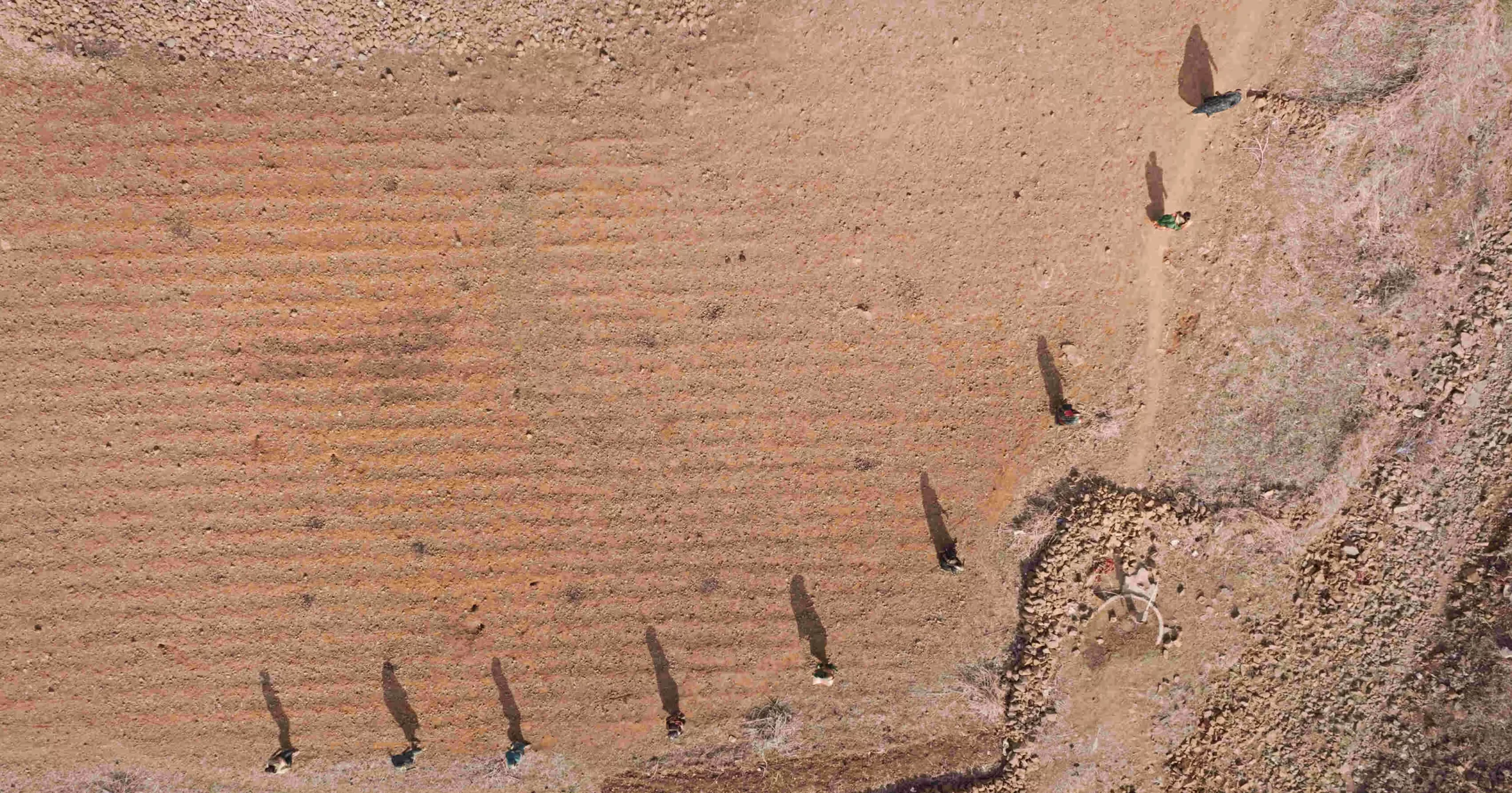The opening shot of Runway for Water is striking. Women stride to music, their colourful garments flutter in the breeze, their jhumkas swing as they toss their heads. The light bounces off their noserings and silver baajubandhs (armlets) lovingly grip their arms…
It is a runway walk, only this runway walk is very very different.

Women and girls from Chikhaldara in Amravati district, set foot on what the film describes as the ‘hottest runway’ to fetch water.
Runway for Water, a two minute film, was released by Water for People on September 8 last week to raise awareness on the water crisis in India. Water For People is a global nonprofit working in Latin America, Asia and Africa to address the global water crisis and equip communities with lasting access to clean water and sanitation services.
In the short film, women and girls from Chikhaldara in Amravati district, in Maharashtra, set foot on what the film describes as the ‘hottest runway’ to fetch water. They belong to the Korku tribe.

Water For People is a global nonprofit working to address the global water crisis and equip communities with lasting access.
For them, a walk not once, not twice but six times a day carrying pots and plastic jerry cans to a well far from their home, is routine. Sometimes, they have just the one well in the vast, arid landscape from where they carry back water to cook, clean, drink and feed their cattle.
The film is a testament to these women and girls in the country who walk for miles to get the precious water back home, said Bishwadeep Ghose, Country Director of Water for People India.
“The terrain in this region of Maharashtra is rocky and does not allow water to percolate nor recharge the ground even if there is adequate rainfall. And, in the lean months before the monsoons, even if there are water taps, they dry up. As the months get hotter, the ladies have to walk longer distances looking for water sources,” he told Gaon Connection.
The film was conceptualised and produced by Edelman, a global communications firm. It is barely a couple of minutes long. But it is long enough to draw attention to an issue that won’t go away.
“It is the least expected walk audiences expect to see…,” is how Katherine Williford, Chief Growth Officer, Water for People, described it in a press release. Water crisis almost always disproportionately affects women and young girls, and directly or indirectly impacts their health, safety, education and empowerment, said Williford.

Water crisis almost always disproportionately affects women and young girls, and directly or indirectly impacts their health and safety.
“The idea was to bring home the fact that unlike a ramp walk in the fashion world, this walk is not done out of choice. It is compulsion that makes women and children trudge long distances,” said Ghose.
Water for People India, has worked closely with the local government, and 50 villages in Amravati district where Runway for Water was shot. This work is ensuring historically vulnerable and excluded populations, including tribal communities, have access to safe water and sanitation services.
To date, Water for People has reached over 1.5 million people in India with reliable water and sanitation services. It is also working with vulnerable communities in West Bengal and Bihar.
A lifetime of thirst
Around the world, 2.2 billion people don’t have access to safe water, and 3.5 billion don’t have access to sanitation.
Women spend 200 million hours each day collecting water, and they begin the long trek to get water sometimes when they are as young as four years old. And, it is a walk they take till the end of their lives, through childhood, adolescence, pregnancies, periods and even old age.

Water for People has reached over 1.5 million people in India with reliable water and sanitation services.
Ghose said with the proactive initiatives of the government such as the Jal Jeevan Mission, more than 12 crore rural households now have tap water at home.
“We hope that the film will make people pause and think about the glaring disparity of a fashion walk and the walk these women and children undertake. Walking for water shouldn’t be happening. As a society we should take note. The government’s efforts, along with the interventions of civil society, can ensure that the walk for water will end completely very soon,” said Ghose.


















